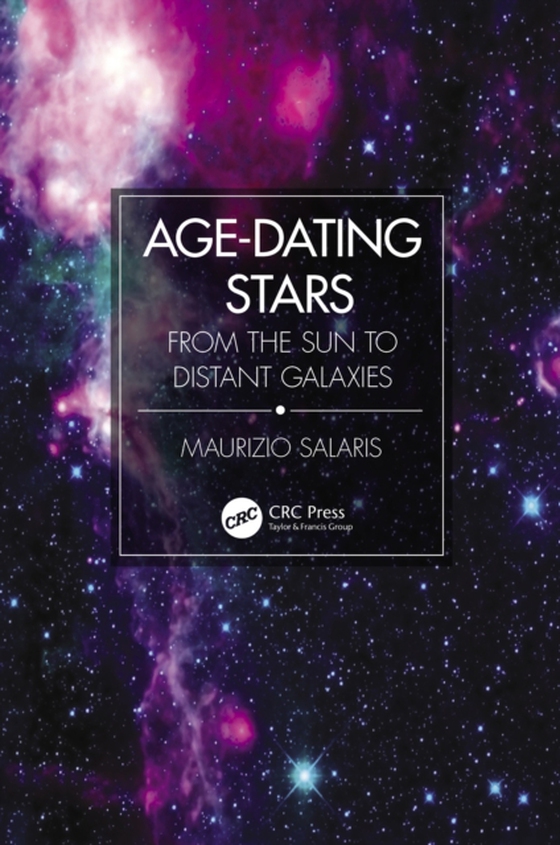
Age-Dating Stars e-bog
403,64 DKK
(inkl. moms 504,55 DKK)
2022 Winner - CHOICE Outstanding Academic TitleThe determination of stellar ages has been - and still is - crucial for the development of our understanding of the universe, and to constrain theoretical models for the formation of galaxies and the evolution of planetary systems. Stellar ages provide scientists with timescales, and these timescales allow us to identify the relevant physical proce...
E-bog
403,64 DKK
Forlag
CRC Press
Udgivet
24 maj 2021
Længde
280 sider
Genrer
Astronomy, space and time
Sprog
English
Format
epub
Beskyttelse
LCP
ISBN
9781000392616
2022 Winner - CHOICE Outstanding Academic TitleThe determination of stellar ages has been - and still is - crucial for the development of our understanding of the universe, and to constrain theoretical models for the formation of galaxies and the evolution of planetary systems. Stellar ages provide scientists with timescales, and these timescales allow us to identify the relevant physical processes responsible for the development of cosmic structures. This book describes in a simple, yet rigorous, manner the vast array of techniques that have been developed and are currently being used to determine the ages of stars. It also explores how stellar ages inform our knowledge about planets, star clusters, galaxies, even distant galaxies that we cannot resolve into individual stars. Up-to-date with the latest research and technologies in the field, it includes the cutting-edge methods being used based on asteroseismology and discusses open problems that remain to be pondered in future research.It will be of interest to advanced undergraduates and graduate students studying astronomy, in addition to the general public.Key FeaturesPresents an entertaining and accessible approach whilst also providing a rigorous and comprehensive presentation of the subject Describes how to unveil the ages of stellar populations in distant galaxies that we cannot resolve into individual stars Contains historical notes about these techniques, outstanding major problems, and a discussion on future developments in the field
 Dansk
Dansk

